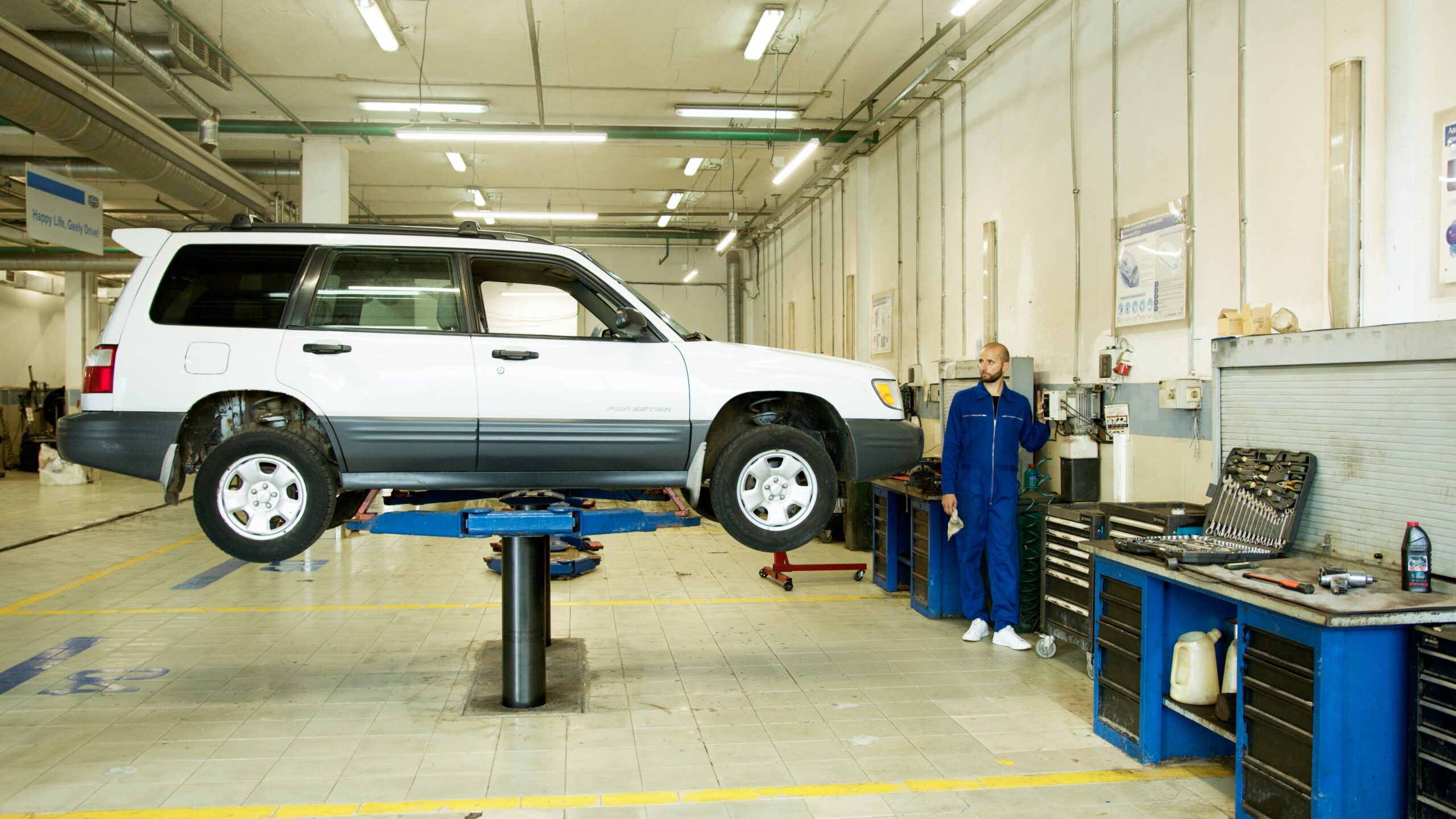The guide to choosing the best flooring types for your garage
A garage is basically a utilitarian area where vehicles are parked inside and tools, gardening equipment, etc., are also stored. This is also the place where vehicles are being repaired or related industrial works or crafts are done. However, if you want to add some style and color to your garage, the floor is one of the best places to start. Although standard concrete floors are functional and do well enough for your garage, they can look really ugly. Well actually, garage floors are indeed ugly. They get easily stained with dirt and blotched with motor oil. What’s more, these floors are further ruined with the hot car tires. So if you don’t want these to happen, a little effort can also be done to make them more stable and a bit more attractive.
One of the problems regarding garage flooring though, is that there are actually several different colors and styles to choose from. This makes it all the more difficult for homeowners to settle a definite decision.
The better way to choosing flooring for your garage is to split your choices into two basic categories: coatings and coverings. You can use a roller or brush in applying coatings, which can adhere on the floor. The chief products in coating your floor are mainly paint and epoxy.
Coverings are items that are set onto the concrete garage floor. They can be moved or removed. Examples of floor coverings are mats and tiles. Whether you choose coating or coverings, the key to a good concrete garage floor is through good prepping as well as repair on surface flaws.
A garage floor should be durable and usable
Your garage flooring can be made suitable for those who like to do hobbies and need to be able to work in chemicals or other things that could be damaging to the floor. It is easy to find the right type of flooring when you are working with experts to give you the right advice for your garage flooring. You must remember that tile is not very good for your garage because water will accumulate underneath and cause mold and mildew to build up. You also do not want the type of flooring that will not allow you to do things like change the oil on your car.
It is easy to get a flooring material that will accept the things that you like to do and be strong enough to allow you to work with anti-freeze and oil based products. Some of the floorings are poured and worked into the concrete so that they are very stable and allow you to have good flooring that is usable for all sorts of things and still look good enough to be considered part of your home. You should shop around for a professional that knows how to install the perfect garage flooring for your home.
Coatings
There are two primary products used in coating your garage floor: paint and epoxy. Although paint and epoxy are often interchangeable with each other (and easy to confuse), they are otherwise different in terms of chemical composition and purpose. However, both products can be applied with using rollers and brushes.
If your garage floor is marred with motor oil stains, rust or grease, you can apply a
fresh coat of paint over them to give your floor a new life. Latex paints are generally used for this, for they are excellent in covering flaws. Besides, they are a more affordable solution to your garage floor issues.
The standard for a strong (and strong-looking) surface on the garage floor is the epoxy. However, preparation and application are a bit more difficult and complex than you do with paint. You should also use the best quality epoxy you can find.
Coverings
1 Tiles
Coverings are any items that can be set upon the concrete garage floor. As said beforehand, they can be moved or removed. You may cover your garage floor with a big piece of carpet, but coverings are so much better and more stable in protecting your floor from the rigors of garage activity.
There are four basic types of coverings — rigid plastic tiles, flexible rubber tiles, wood tiles and plastic tiles. Most of the Mackay tiles generally interlock with one another, so that’s why they are easy to install as well as to remove.
In choosing garage floor tiles, they come in sizes from 12″x12″ to 24″x24″. One of the tiles’ greatest advantage and appeal is that they allow you to create attractive patterns on your garage floor. For instance, you can create a checkerboard garage floor out of these tiles. However, the most obvious disadvantage of garage floor tiles is the steep cost. Generally, tiles’ prices begin at $2.50 per square foot and the rate goes high from there.
2 Mats
If you can’t afford tiles, you can choose a mat to roll out on the garage floor. Besides, a mat makes for an easier way to cover your garage floor. Like tiles, mats come in a variety of types, styles and colors. Whichever type, style or color of the mat you will choose, first and foremost you should look for a a good quality mat. Most mats also have interlocking features, much similar to puzzle pieces.
Some of the features of a good quality mat include:
- Having resistance against chemical and petroleum spills
- Slip-resistant
- Provides good cushioning
- Textured or grooved mats channel out liquids and any kind of dirt
- Able to weather high vehicle traffic
- Heavy enough so as not to become prone to sliding
- Easy to clean
- Tough but smooth enough to allow creepers to glide around
Whichever types of flooring that you choose for your garage, make sure that you go for the ones that will exactly meet your needs and your budget.

